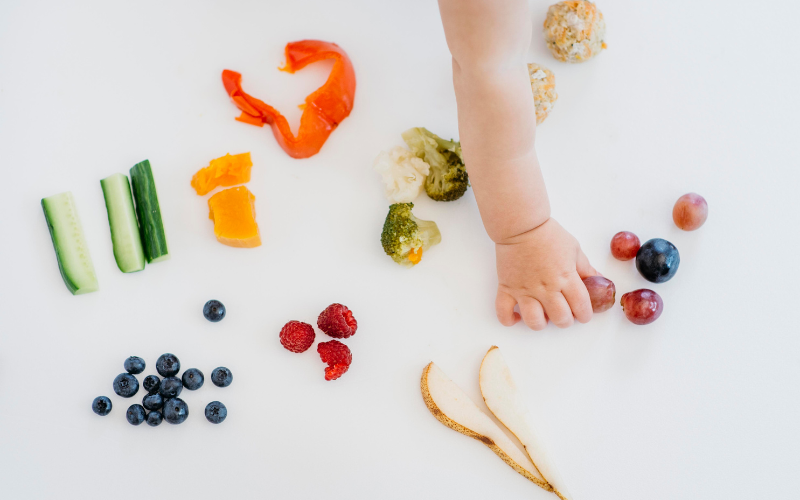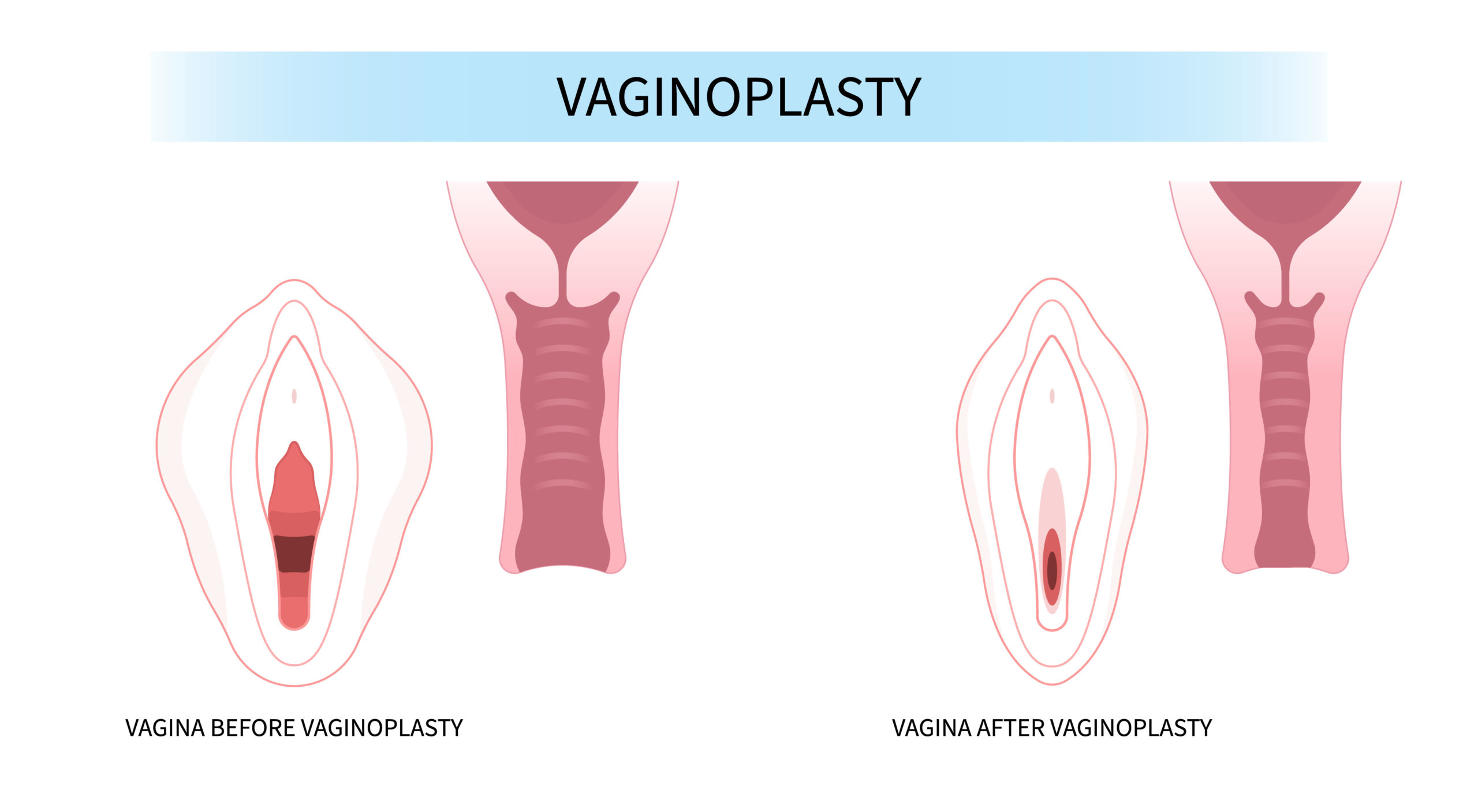
Indian Baby Food Chart : 6 to 12 months

Author - Dr. Chetan B MBBS, DCH, DNB(pead), FIPM(NNF),MNAMS
Consultant - Neonatologist at Motherhood Hospital, Mysore
What Is Baby Food?
Baby food is food that is specifically formulated or prepared for infants and young children, typically those under the age of 2. Baby food is typically soft, mashed, or pureed, as infants do not have the teeth or ability to chew well.
There are several types of baby food, including:
- Breastmilk or infant formula: For infants under 6 months old, breastmilk or infant formula is the main source of nutrition.
- Single ingredient purees: These are purees made from a single type of fruit or vegetable, such as mashed banana or cooked and mashed sweet potato.
- Multi-ingredient purees: These are purees made from a combination of two or more ingredients, such as a mixture of cooked and mashed vegetables or a fruit and vegetable blend.
- Finger foods: These are soft, cooked, and mashed foods that infants can pick up and eat on their own, such as soft cooked and mashed vegetables, cooked and mashed fruits, and soft cooked and mashed meats.
- Snacks: These are small, easy-to-eat foods that can be given as an occasional treat, such as small pieces of soft fruit or cheese.

Infant digestion differs from that of adults in several ways:
- Infants produce more enzymes, which help to break down food.
- Infants have a shorter digestive tract, which means that food passes through their system more quickly.
- Infants have less developed immune systems, which means that they are more prone to infections and food sensitivities.
There are several factors that can affect infant digestion, including the type and amount of food that they eat, the presence of any underlying medical conditions, and the presence of any digestive disorders.
How Do I Transition From Liquid To Solids?
Transitioning from liquid to solid food is an important milestone for infants, as it marks the beginning of their journey towards a varied and nutritious diet. Here are some general guidelines for transitioning infants from liquid to solid food:
- Wait until the infant is ready: Infants typically show signs of readiness for solid food when they are around 6 months old. Signs of readiness include the ability to sit upright with support, the ability to coordinate the movements of their eyes, hands, and mouth, and the ability to swallow food.
- Start with single ingredient purees: When introducing solid food for the first time, it's best to start with single ingredient purees, such as mashed banana or cooked and mashed sweet potato. This will help you to identify any allergies or sensitivities.
- Gradually increase the variety and texture of foods: Once your baby is comfortable with single ingredient purees, you can gradually increase the variety and texture of the foods that you offer. This may include adding small amounts of rice cereal to breastmilk or formula to make a thicker consistency, as well as introducing mashed or pureed finger foods, such as soft cooked and mashed vegetables, cooked and mashed fruits, soft cooked and mashed meats, and soft cooked and mashed beans.
- Pay attention to your baby's cues: It's important to pay attention to your baby's cues when introducing solid food. If they are not interested in eating or if they seem to be struggling to swallow, it may be best to wait a few days before trying again.
Is Breastfeeding Important?
Breastfeeding is the recommended method of feeding infants for the first 6 months of life, and it should be continued for up to 2 years or beyond, along with the introduction of appropriate complementary foods. Breastfeeding has numerous benefits for both infants and mothers, including:
- Nutritional benefits: Breastmilk is the perfect food for infants, as it contains all the nutrients that they need in the right balance and in a form that is easy for them to digest. Breastmilk also contains antibodies that help to protect infants against infections and diseases.
- Bonding benefits: Breastfeeding promotes bonding and attachment between mothers and infants, as it involves close physical contact and skin-to-skin contact.
- Health benefits: Breastfeeding has been shown to reduce the risk of a number of health conditions in infants, including asthma, allergies, obesity, and type 2 diabetes. It has also been shown to reduce the risk of some types of cancer in mothers.
- Economic benefits: Breastfeeding can save families money, as it eliminates the need to purchase formula and related feeding supplies.
It's important to note that breastfeeding may not always be possible or desirable for all mothers and infants. In these cases, infant formula can be used as a suitable alternative. It's important to consult with a healthcare professional for personalised recommendations.
A healthy diet for an infant includes a variety of foods from all food groups. It's important to provide a balance of nutrients, including protein, carbohydrates, fat, vitamins, and minerals.
Guidelines For Feeding An Infant
For infants under 6 months old, breastmilk or formula is the main source of nutrition. After 6 months, solid foods can be introduced and gradually increased in variety and quantity. The World Health Organization recommends introducing solid foods at around 6 months of age, when an infant has developed the physical ability to swallow and chew.
Here are some general guidelines for feeding infants:
1-6 Months Baby Food Chart:
- Breastmilk or formula, as the main source of nutrition
- Single ingredient purees, such as mashed banana, cooked and mashed sweet potato, cooked and mashed carrots, cooked and mashed peas, cooked and mashed green beans
6-8 Months Baby Food Chart:
- Breastmilk or formula, as the main source of nutrition
- Single ingredient purees, such as mashed banana, cooked and mashed sweet potato, cooked and mashed carrots, cooked and mashed peas, cooked and mashed green beans
- Add small amounts of rice cereal to breastmilk or formula to make a thicker consistency
- Start introducing mashed or pureed finger foods, such as soft cooked and mashed vegetables, cooked and mashed fruits, soft cooked and mashed meats, soft cooked and mashed beans
10-12 Months Baby Food Chart:
- Breastmilk or formula, as the main source of nutrition
- Mashed or pureed finger foods, such as soft cooked and mashed vegetables, cooked and mashed fruits, soft cooked and mashed meats, soft cooked and mashed beans
- Soft, cooked, and mashed grains, such as rice, quinoa, and lentils
- Small amounts of unsweetened yoghurt
- Soft, cooked pasta
- Soft, cooked and mashed eggs
- Soft, cooked and mashed fish
It's important to remember that every baby is different and may progress at a different pace. It's also important to introduce new foods one at a time and to watch for any signs of allergies. Consult with your child's paediatrician before introducing any new foods.
At Motherhood Hospitals, we have a team of experienced super specialists backed by the latest in infrastructure and facilities. We have the best Paediatrician Mysore, Mysuru. Our Neonatology Department has expert neonatologists, paediatricians, paediatric surgeons, and nurses that are trained in new-born care. Do take an appointment with the best childcare hospital in Mysore, Mysuru at a centre closest to you. Meet with our doctors who will carry out the required investigations, diagnose the issue and recommend the most appropriate treatment, enabling you to lead an active life.
If you wish to get in touch with Dr. Chetan B, please book your appointment here.
Related Blogs

Understanding Different Types of Vaginal Birth Delivery
Read More
How to Treat and Prevent Brown Discharge
Read More
Endometriosis Understanding, Diagnosing, and Managing the Condition
Read More
Emotional Support During IVF Treatment
Read More
Understanding Gestational Diabetes: Insights from Dr Shruthi Kalagara
Read More
Urinary Tract Infection (UTI) in Pregnancy
Read More
Early Pregnancy Care for New Pregnant Women: Expert Advice | Motherhood Hospitals
Read More
Body Positivity Tips Post C Section (Cesarean Delivery)
Read More
Vaginoplasty: Procedure, Cost, Risks & Benefits, Recovery
Read More
The Digital Dilemma: Exploring the Medical Implications of Technology on Child Development
Read MoreRequest A Call Back
Leave a Comment:
View Comments
Previous
Next
HELLO,
Stay update don our latest packages, offer, news, new launches, and more. Enter your email to subscribe to our news letter


 Toll Free Number
Toll Free Number








No comment yet, add your voice below!